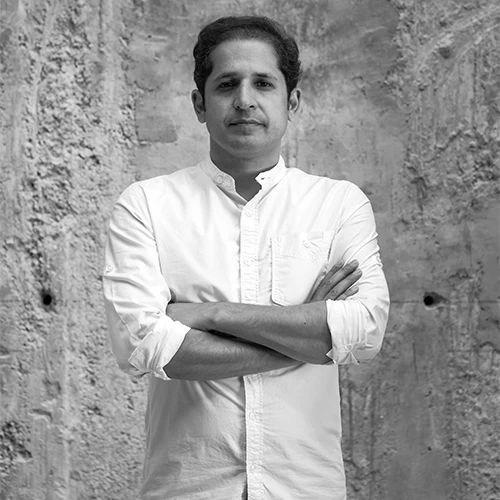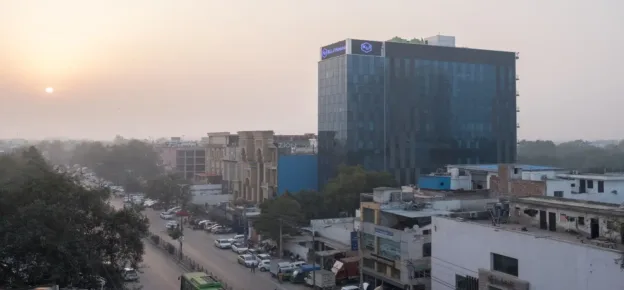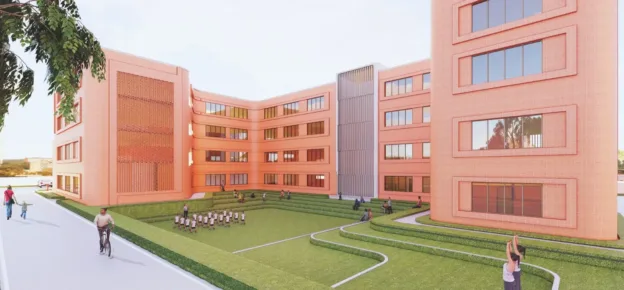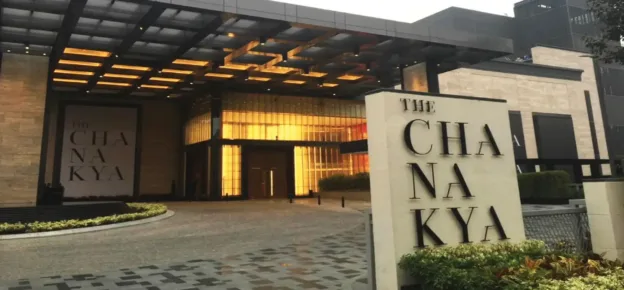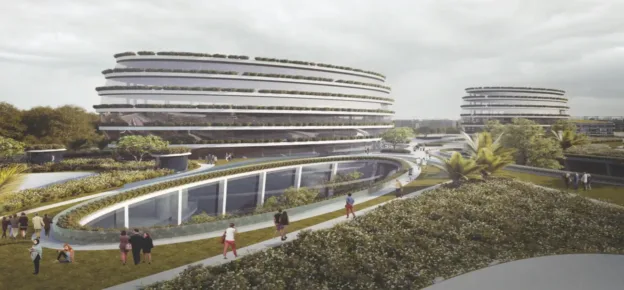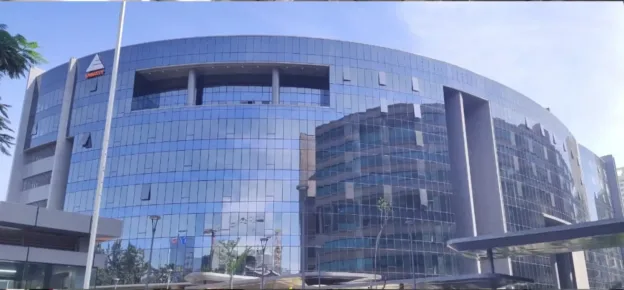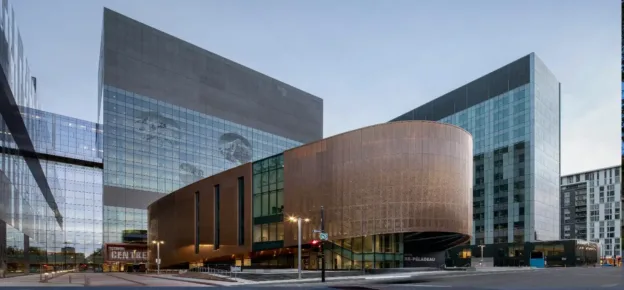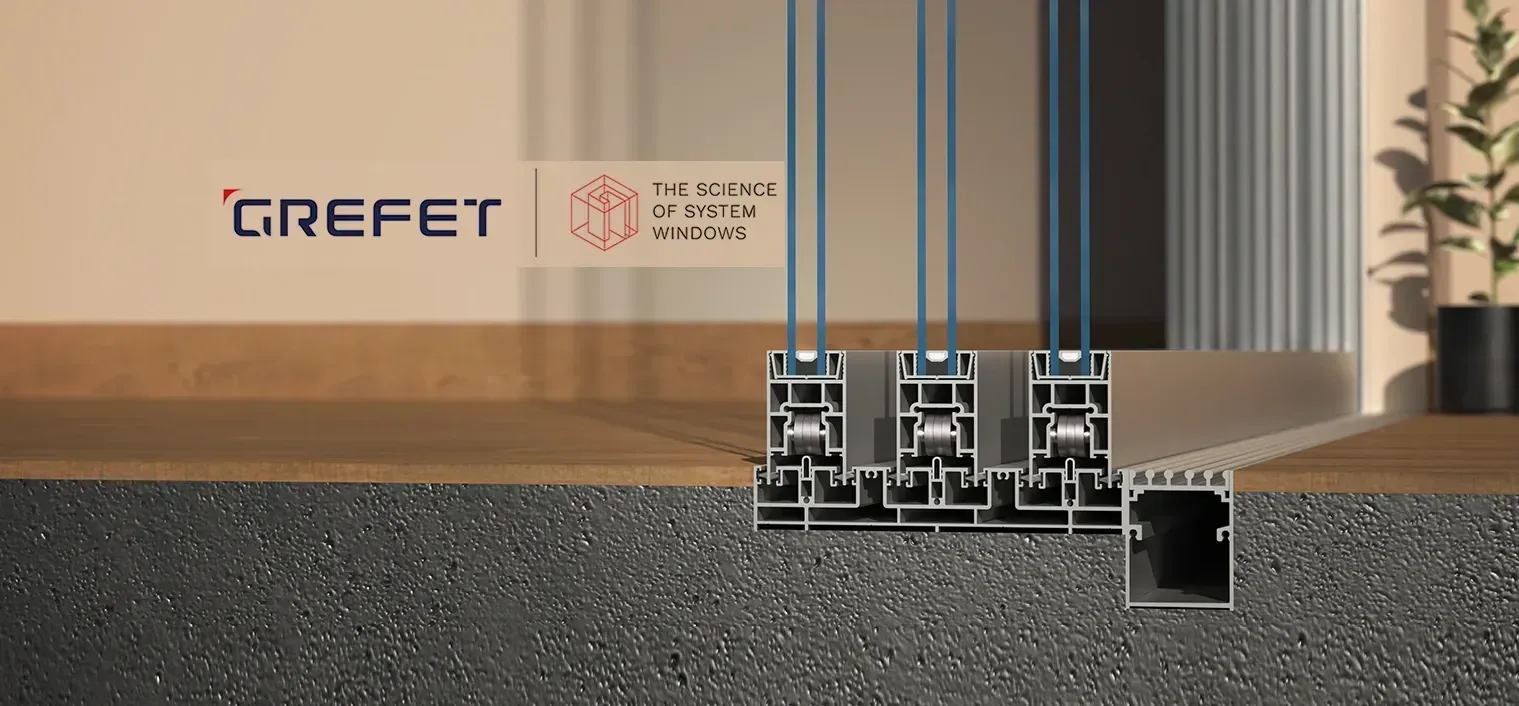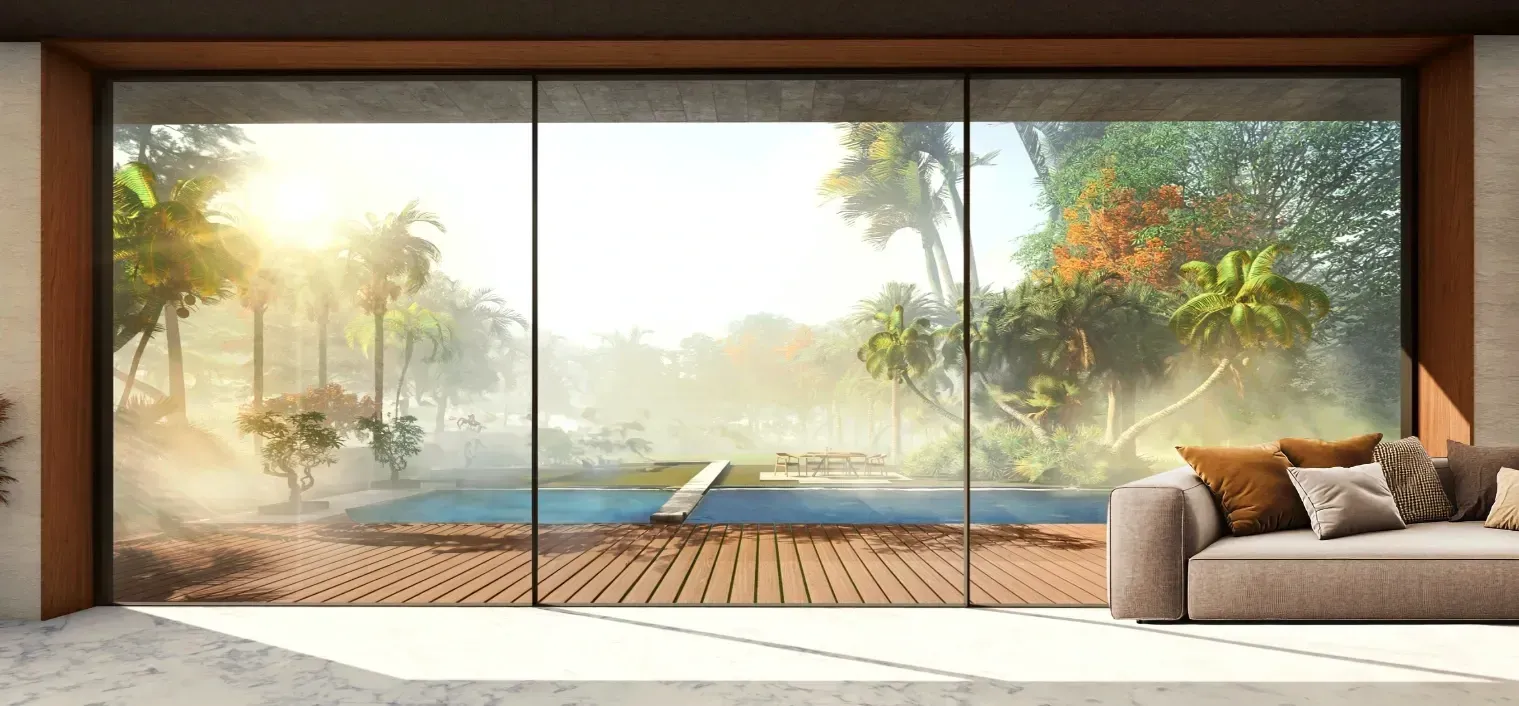On a quiet residential street in New Delhi, Safdarjang Residence, a monumental circular aperture, sits within a square brick screen. It is an apartment building developed by a family for private use. The façade of this building could be seen as a response to the context or a reflection on materiality. The façade is a paean to the idea of architecture as imagined by the well-known architect, Louis Kahn, who has left an indelible imprint on the architecture of the Indian subcontinent. Crucial to his form-making was the act of puncturing seemingly vast brick and concrete walls with soaring geometric voids, creating dramatic shadows as the harsh Indian sun made its way through the sky. These voids were often circular, vast arches that were pure in their conceptualisation and inch-perfect in their execution, a testament to the genius of Indian craftsmanship.

Safdarjang Residence – a monumental circular aperture sits within a square brick screen
walls with soaring geometric voids, creating dramatic shadows as the harsh Indian sun made its way through the sky. These voids were often circular, vast arches that were pure in their conceptualisation and inch-perfect in their execution, a testament to the genius of Indian craftsmanship.
On the façade, thin brick tiles are supported by a framework of crisp stainless-steel profiles, both acting as a tension ring within the void and as supporting angles on the top and bottom of the screen. The entire brick screen is elevated off the ground level, proportioned to be a perfect square circumscribing a circle. The exposed side and rear walls are finished in an exposed grit wash set in white cement plaster.
The project illustrates an evolving understanding of the durability of materials in our harsh climate. Brick is inherently durable – Clay bricks last almost indefinitely, being largely immune to fire, wind-borne debris, and temperature fluctuations, and their exceptional thermal mass helps mitigate heat transfer. On a TCO and lifecycle basis, bricks outperform almost every other building material, effectively reducing the environmental impact from other systems like air conditioning and heating.
Every component of the building has been selected with the same parameters of high performance, inherent robustness and energy efficiency. Aluminium windows with double glazing are used all around. The terrace is insulated with inverted pots overlaid with terracotta tiles, the air-conditioning uses variable refrigerant volume based on active monitoring of indoor use, and LED lighting is used throughout the building. Sensors are fitted in the washrooms, and they automatically control the lights based on movement and ambient light conditions. The apartments are secured with a keyless central security system with digital access.
Quick Facts:
|

